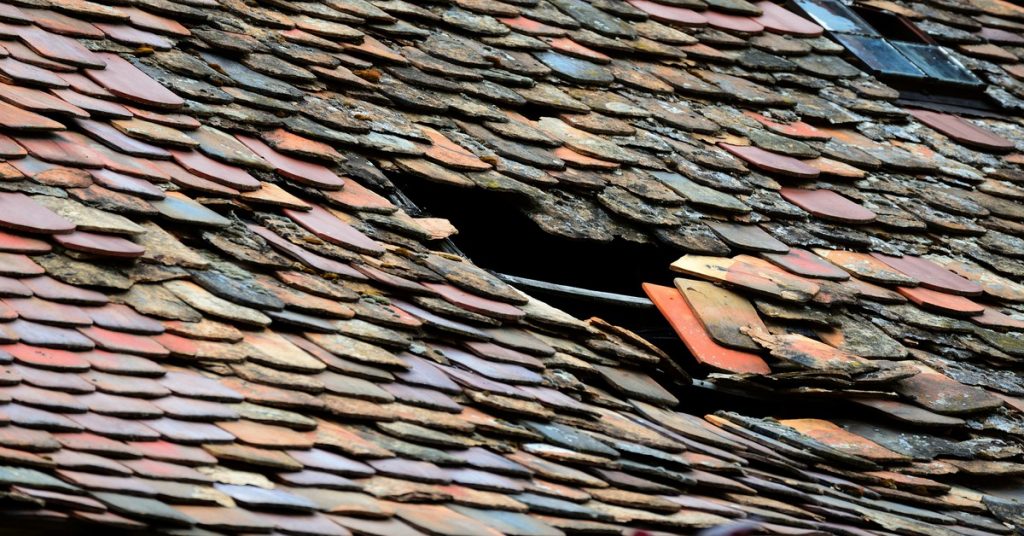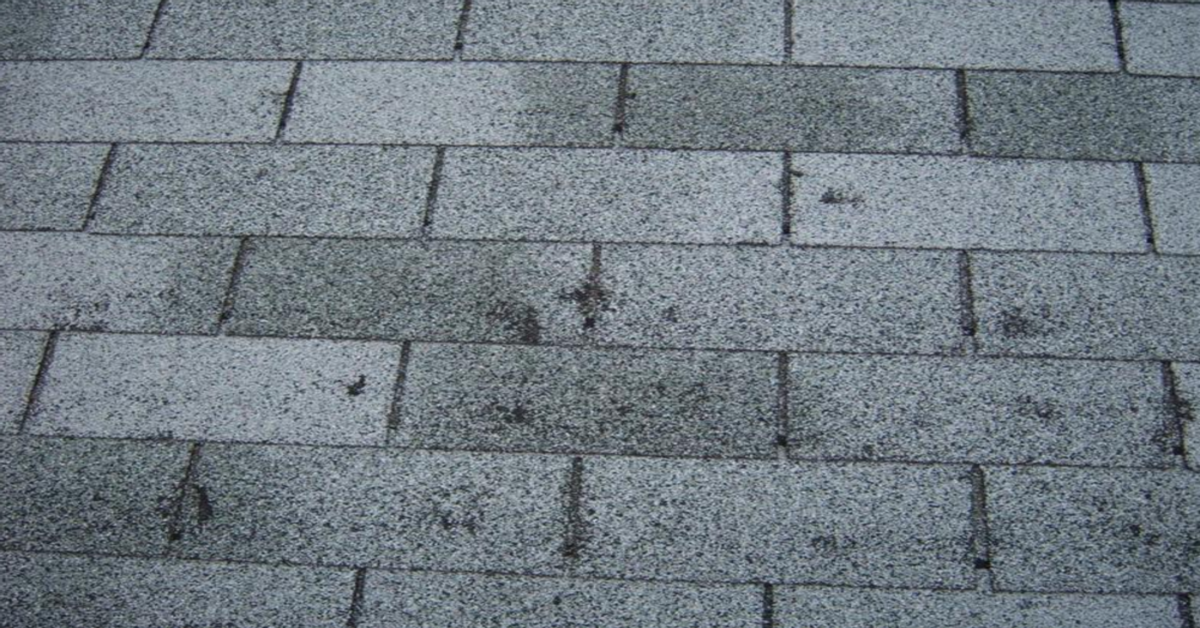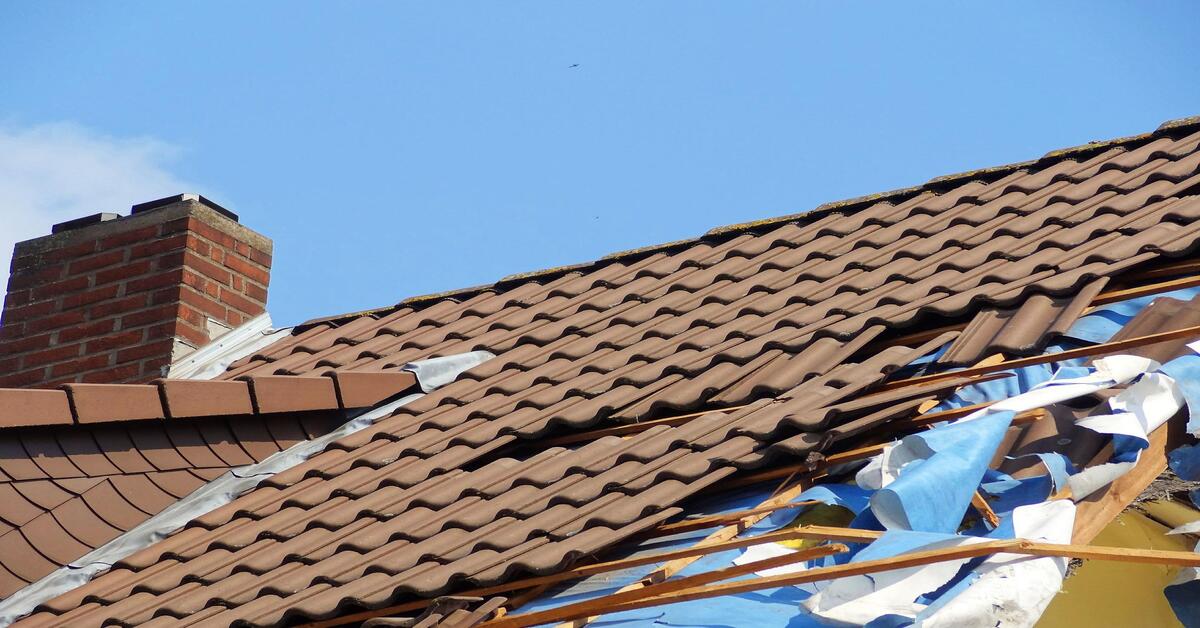

Most homeowners face some roofing damage at some point in their life. While roofs are pretty durable, they’re not infallible. With routine checks, we can prevent the worst of it. However, you may find yourself patching up a roof leak or replacing damaged tiles here and there.
Check out the most common types of roof damage homeowners face—and make a note to check for them on your next roof inspection.
1. Roof Leaks
Many homeowners face roof leaks at some point. They can range from a small trickle to substantial torrents if you ignore the warning signs. When extreme weather batters your home, such as strong winds and rain, moisture might form under your roof tiles.
The common culprits for roof leaks are:
- Broken shingles
- Cracked flashing
- Clogged gutters
- Damaged vents or chimneys
- Damaged roofing underlay
- Poorly fixed tiles, flashing, or other materials
While you cannot necessarily prevent roof leaks, dealing with them immediately will prevent worse damage from occurring. Moreover, keep an eye out for dampness in the upper levels of your home. Discolouration, dark spots, peeling wallpaper, and heavy condensation levels are all signs of a roof leak.
2. Damaged Shingles
Roof tiles and shingles break, crack, or loosen over time. Poorly fixed tiles tend to go more quickly. Extreme weather can also ruin the condition of your roof shingles. Missing or broken shingles expose your roof’s underlay and sealant to further damage. Accordingly, you should replace the infected tiles immediately.

To inspect damaged shingles, you’ll need to climb up to the roof. While you might spot missing roof tiles from the ground, you need to get closer to see more minor cracks.
To replace a roof shingle, carefully remove the tiles around the broken one. Remove the damaged tile—you may need to chip away at it to get it out. Get rid of any nails or mortar. Install a new tile using mechanical fastenings for better longevity.
3. Damaged Flashings
Roof flashing acts as a sealant to keep water away from the internal roof spaces. Air conditioning systems, ventilation ducts, chimneys, and other protrusions weaken the roof’s integrity. Properly fixed flashing surrounding these prevent moisture from seeping into the home.
Make sure that you correctly install roof flashing from the get-go. Poorly placed flashing is more likely to fail. Roof flashing can slip over time, but heavy wind and rainfall speed up the chance of damage.
To install or repair flashing, you need to remove several rows of shingles around the affected area. Chip away the old mortar. Lay the new flashing and cover it with a sealant. Replace the shingles.
4. Punctures or Penetrations
If you have a flat roof, your home is vulnerable to punctures or penetration. Flat roofs are far less durable. Because they don’t have any natural drainage, water pools up with nowhere to go, this potentially leads to water leaks, dampness, or worse. Additionally, watch out for wildlife foot traffic. Flat roofs regularly suffer scrapes, punctures, or significant holes.

If you notice any damage to your flat roof, it’s best to address it immediately. Look out for:
- Damp patches
- Sagging roof
- Low spots where water can pool
- Deteriorated flashing
- Poor installation
- Blistering—water pooling beneath the roofing material
- Damage around the vents
Moreover, age is an essential factor. If your flat roof is old, perform a health check to ensure it’s in good shape.
5. Clogged Gutters
Blocked gutters are perhaps one of the most common issues. Leaves, moss, and twigs clog gutters over time. If you’ve had a brief spell of particularly windy weather, you might want to check your channels. The wind blows all sorts of debris around, and a lot of it will end up in your gutter.
There is little you can do to prevent your gutters from filling with twigs and leaves. You might want to install screens on gutter openings that prevent anything but water from entering the system. However, you will still need to clean out your gutters regularly.
Generally speaking, the average homeowner will need to unclog their gutters twice a year. If tall trees surround your house, you may need to do it more often.
6. Shrinkage
Air temperature significantly impacts the longevity of your roof. If you’re living in a land of extreme weather conditions, you’ll need to inspect your roof for any shrink-related issues regularly. When the hot sun rapidly heats the air during the day, roofing materials expand. At night, the temperature quickly drops. The colder air causes your roofing material to shrink.
The rapid expansion and shrinkage can cause cracks in the mortar and shingles. Dry-fixed roofing uses mechanical fastenings rather than mortar, allowing for more flexibility.
What to Do About Roof Damage?

If you spot any roof damage, it’s best to see to it as soon as you can. You may be able to fix many of the above issues yourself. However, you should speak to a professional roof repair company for more extensive repairs. If you decide to DIY, ensure you have the correct safety equipment.
How to Prevent Roof Damage?
The best way to avoid roof damage is to perform regular health checks. Either do it yourself or get a professional to inspect the state of your roof once or twice a year. It’s an especially good idea if you have experienced recent extreme weather.
Moreover, when replacing or repairing your roof, make sure to fix it properly. Poorly set tiles, flashing, or other aspects deteriorate more quickly and will cause more of a headache in the future.
In a Nutshell
Roof damage is to be expected. Most homeowners will find themselves up the ladder or calling in an expert once or twice. However, proper care, regular checks, correctly installed roof fixtures should minimise the risk of roof damage.
